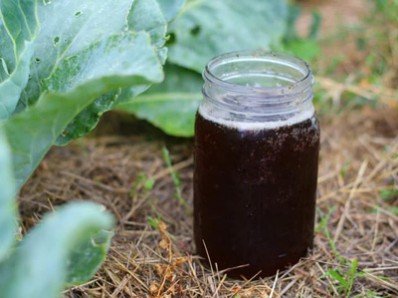Home Made Teas to Nourish Your Plants
Author Ellen Vande Visse
Home-Made Teas to Nourish Your Plants
“This series is to help you sort out fertilizers in liquid or tea form for your growing operations.” –Ellen Vande Visse
The beauty of teas:
Teas penetrate down to roots. Thus, you don’t have to dig them in like solid fertilizers, or disturb the roots of established crops, perennials, shrubs, fruit trees, etc.
Teas can be sprayed—thus you add as a root drench and foliar application.
Teas add or stimulate beneficial soil food web populations.
Teas are gentle nourishment, so add them every 2-3 weeks.
Teas that are home-made are readily available and save you money.
What is… Worm tea? Manure tea? Compost tea?
What’s in them? How can I make them myself? Do they actually fertilize plants? Which one is best? How much do I apply? Do I dilute them? In this series, I’ll help you compare and prepare these liquid fertilizers.
Overall, these teas definitely deliver benefit to your vegetables, herbs, flowers, lawn, trees, shrubs, trees, and houseplants. How? The teas feed both your plants and your soil food web. They provide necessary nutrients and soil biology. These teas are not highly concentrated fertilizers. They nourish gently, so I recommend that you administer a few doses over the growing season. I call this “the many small meals program”, rather than one big meal in the spring. As summer progresses, your crops are bulking up and, and need extra food, just like a hungry teenage boy. Give those growing crops another meal in the form of tea. Since these teas are liquid, you can simply pour them on. Teas can provide many of your garden’s fertilizer needs.
A DRENCH means to apply to the soil above the root zone. For trees, this means apply to the drip line. For vegetables, herbs, flowers, and small fruits, apply at the base of the plants. Use a watering can or pour from a container.
A FOLIAR FEED means to apply the liquid fertilizer to the leaves or foliage.
Plants can take in nutrients through their leaves as well as their roots. If you use a sprayer, you’ll need to strain the tea first.

